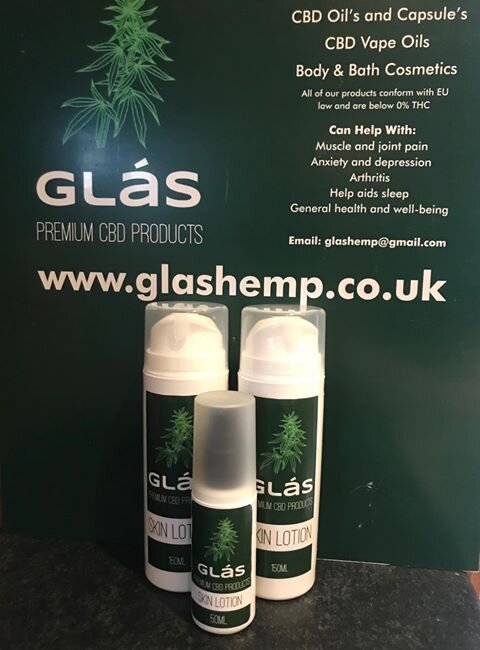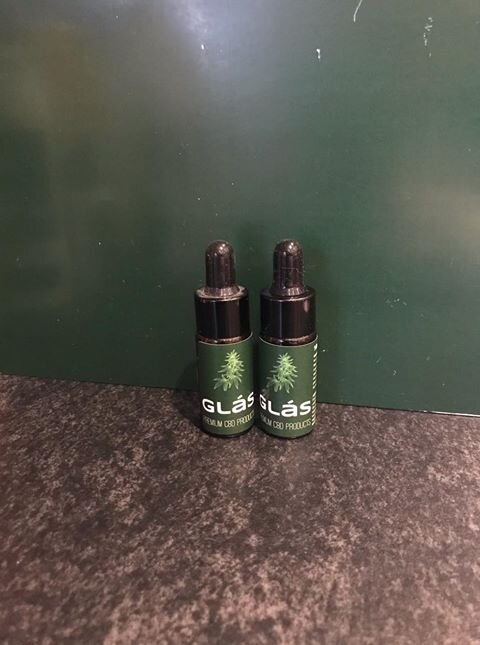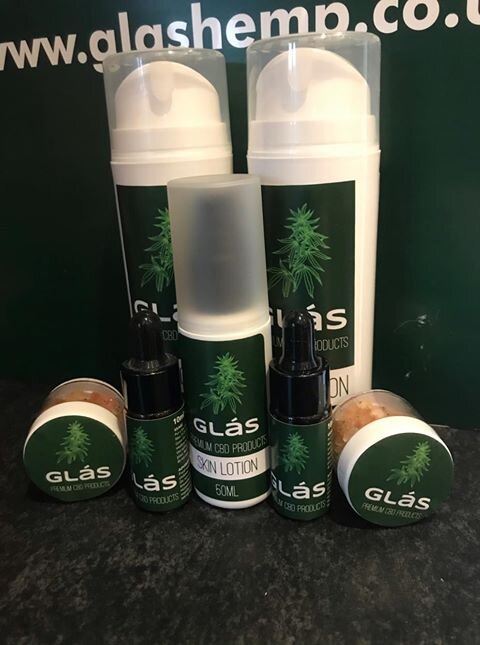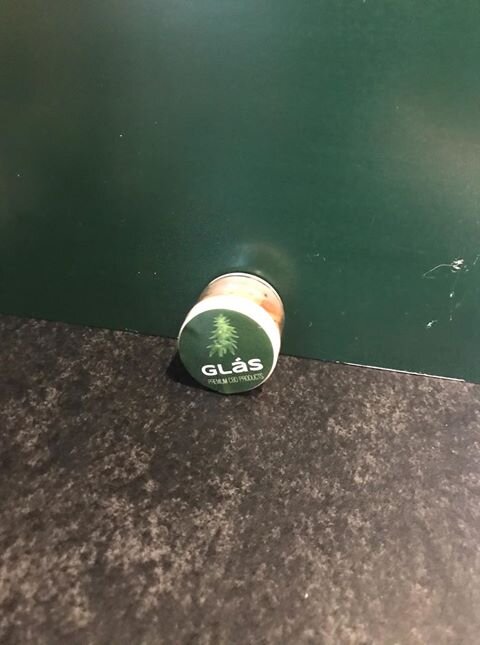Image George Novak/New Zealand Herald, via Associated Press
A police investigation is underway after an eruption on a volcanic island in New Zealand killed at least six people, left eight other presumed dead and injured many more.
Police said Tuesday they were investigating the deaths on behalf of the coroner after questions were raised over why tourists were allowed on White Island after it had seen increased seismic activity in the weeks leading up to the eruption.
Those killed, missing or injured came from around the globe to visit the island when tragedy struck Monday afternoon as steam and ash blanketed the popular tourist destination.
With the odds of another eruption at 50%, search and rescue crews were still using drones to survey the island and determine when it is safe to land.
Authorities have confirmed that 47 people were on the island when the volcano exploded just after 2 p.m. Monday.
Nine Americans, 24 people from Australia, two from China, four from Germany, one person from Malaysia, five people from New Zealand and two from the United Kingdom were on White Island, police say.
Some of those on the island were aboard the Royal Caribbean cruise ship Ovation of the Seas.
continues below
Five people were confirmed dead as crews rescued people from the island. A sixth person died in the hospital Tuesday. Eight people are missing and presumed dead. Crews flying above the island have seen "no signs of life," police said. About 30 remained hospitalized Tuesday.
Among the injured was Virginia couple Lauren and Matt Urey of Richmond on their honeymoon. The Ureys were part of the Royal Caribbean cruise.
"I fear there is worse news to come," said Australian Prime Minister Scott Morrison. Eleven Australians are unaccounted for and 13 were hospitalized, he said. Three Australians are suspected to be among the initial five confirmed dead.
Why were tourists on the island?
That's the question police will be investigating after increases in seismic activity had been recorded on White Island for weeks.
"These questions must be asked and they must be answered," Prime Minister Jacinda Ardern said in Parliament.
GeoNet, which tracks New Zealand's seismic and volcanic activity, raised its alert level on the island in November after increasing sulfur dioxide gas. Volcanic tremor also increased, and the agency wrote at the time that the island "may be entering a period where eruptive activity is more likely than normal."
Loÿc Vanderkluysen, a volcanologist at Drexel University, said he was surprised that tourists were on the island given the volcanic activity.
"Scientists seem to have been well aware that White Island was entering a phase of heightened activity," he said.
"Whakaari," as it is known in the Maori language, is New Zealand’s most active cone volcano, built up by continuous volcanic activity over the past 150,000 years, GeoNet said.
"About 70% of the volcano is under the sea, making this massive volcanic structure the largest in New Zealand," according to GeoNet.
Deputy Police Commissioner John Tims said Tuesday that police were opening a criminal investigation into the deaths that would accompany an investigation by health and safety regulators.
But hours later, police later said it was too early to confirm a criminal investigation and they were investigating the deaths on behalf of the coroner. Workplace health and safety officials in New Zealand have also confirmed they are investigating.
continues below
Survivors and rescuers described a chaotic scene. Those on the island ran into the water to protect them from ash and steam.
Many onlookers from boats just off the island captured horrific images of smoke billowing from the land.
"I could just see this plume of white and grey rising quite high and quite quickly," Geoff Hopkins, 50, told the New Zealand Herald. Hopkins was on a boat when he saw people rushing into the water. The crew turned toward them to provide first aid.
"They were just so massively burnt," he told the newspaper.
Russell Clark, an intensive care paramedic worker, said the island blanketed in ask looked like the Chernobyl nuclear disaster.
"I can only imagine what it was like for the people there at the time – they had nowhere to go," Clark told New Zealand broadcaster TVNZ.
Click on the tabs below to view the new forecasts available under the forecast section.
2019 CALENDAR NOW ON SALE






































